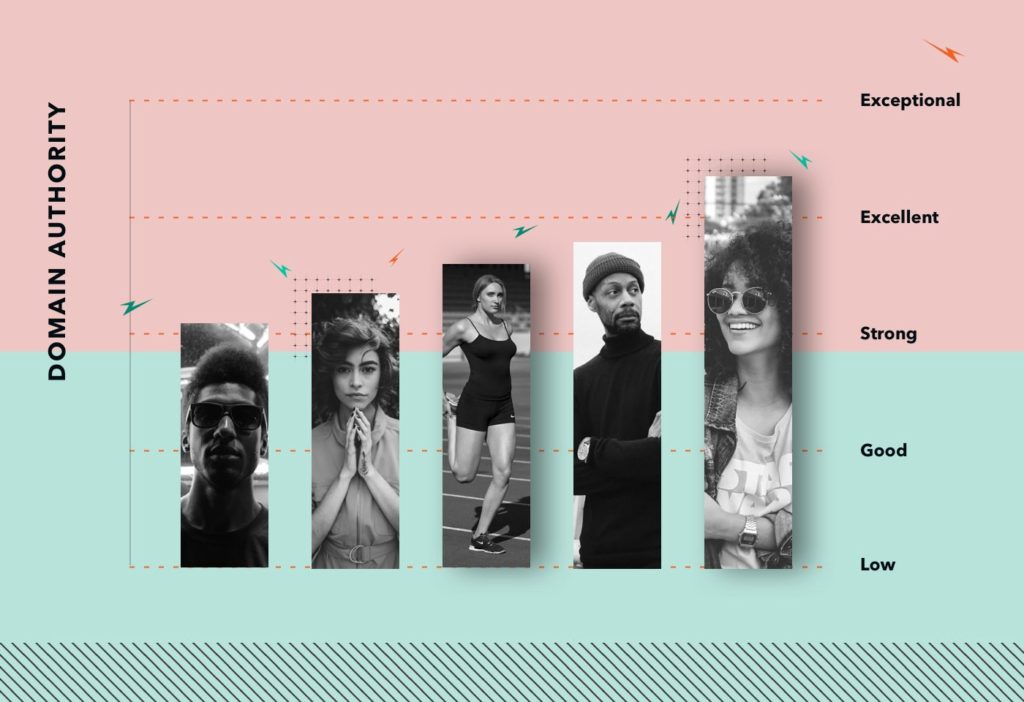For many years, monthly unique users or impressions of publisher sites have been used as a way to prioritise media lists. The higher the number the more important the target becomes.
However, the source of the metric can differ between publications which means there can be confusion and mistakes in our lists.
Unique users often get confused with unique visitors and impressions. The numbers are very different so could skew a target list prioritisation and negatively affect a whole campaign.
In addition to multiple data points, the way they’re calculated can also be misleading when setting strategy; Unique users, impressions and site visitor metrics are often average monthly numbers over the year they, therefore, won’t demonstrate seasonality or peaks in visits to a website
Just because a site has 1,000,000 unique users, doesn’t mean it will see this level of traffic every month. Especially if it’s topic is seasonal, a football news site will be busier in peak season months for example.
The good news is there are a few alternative metrics you can use to replace unique users and visits. Estimated site traffic is a great simple replacement. You can gain traffic sources from tools such as SimilarWeb, Alexa or Compete. However, it’s the Domain Authority score that I want to highlight with you today.
The site that your coverage features on also on holds potential to get your coverage and your client’s content in front of a wider audience in Google search results and THAT demonstrates influence.
A Domain Authority (DA) score tells us how strong the site is that our coverage is on. The score itself was developed by the trusted 3rd party service Moz.com.
The higher the DA strength, the bigger the chance your coverage will appear in Google search results. And if your coverage includes a link to your client’s content, that will also be more likely to appear too.
The DA score is out of 100. Here’s a rough guide on what the scores mean:
1–19: That’s low… (Note: it might be that the site is brand new.)
20–29: Pretty average (see above.)
30–39: That’s good coverage should appear eventually and if you have a link in the coverage the site will pass on SEO benefit to your client’s content
40–59: A strong site (see above)
60–80: A very strong site and will pass on SEO benefit
81–100: Amazing! Your campaign content will see some increase in visibility from this
The metrics are easy to track. Just download the free MOZ Chrome plug-in and you will see the DA score appear at the top of your screen when you search and go onto online sites.
Once you get the hang of which sites are the most influential in your target list you will organise your exclusives and sell-ins offers accordingly.
For example, if you have one site on your list that has high estimated traffic as well as a Domain Authority score 70+ then you may want to give them the exclusive or your best content because the coverage will perform better and deliver more than the lower sites.
NOTE: The Domain Authority score had an algorithm update on the 5th March which means it’s even more accurate for prioritisation.
